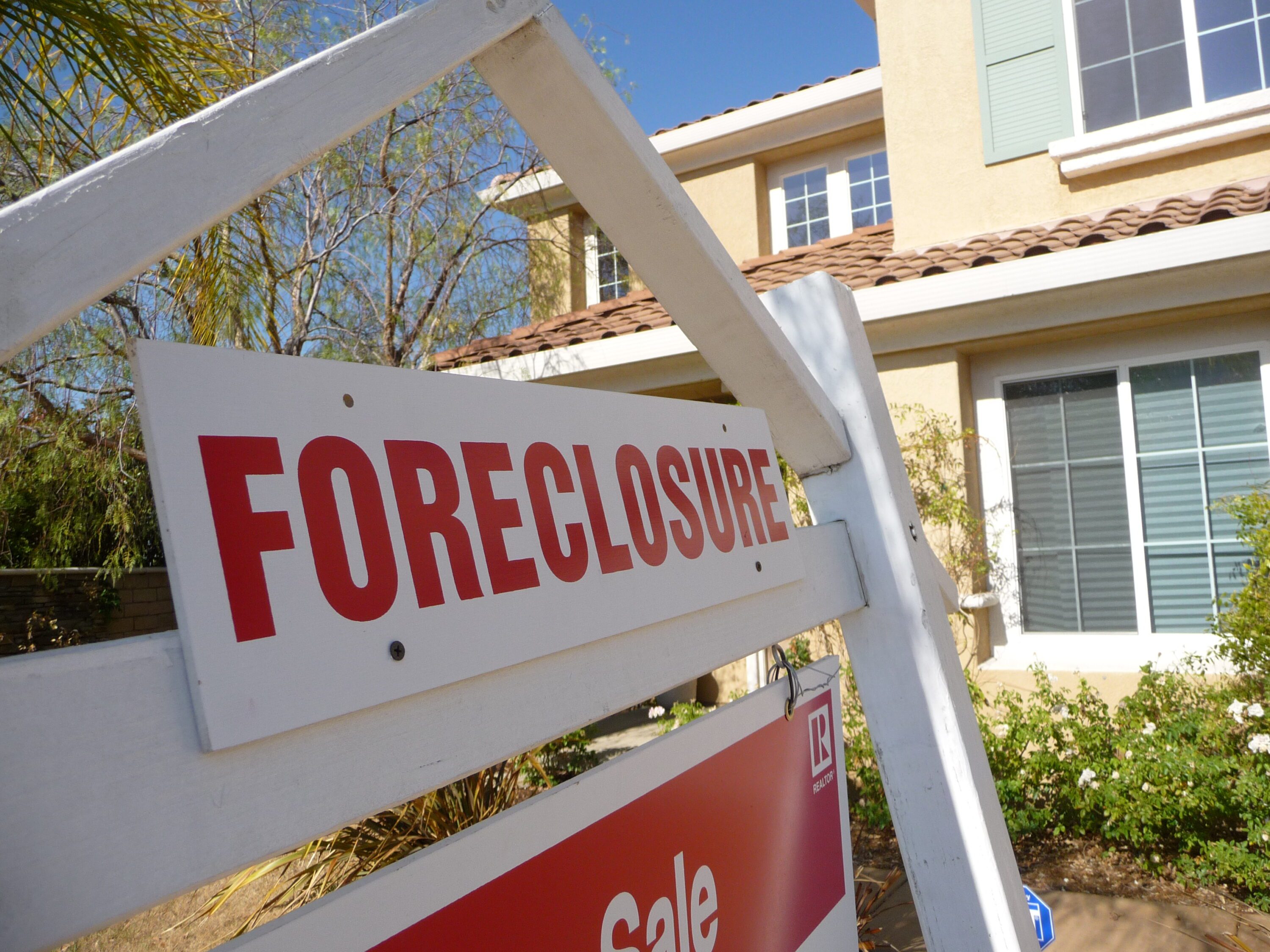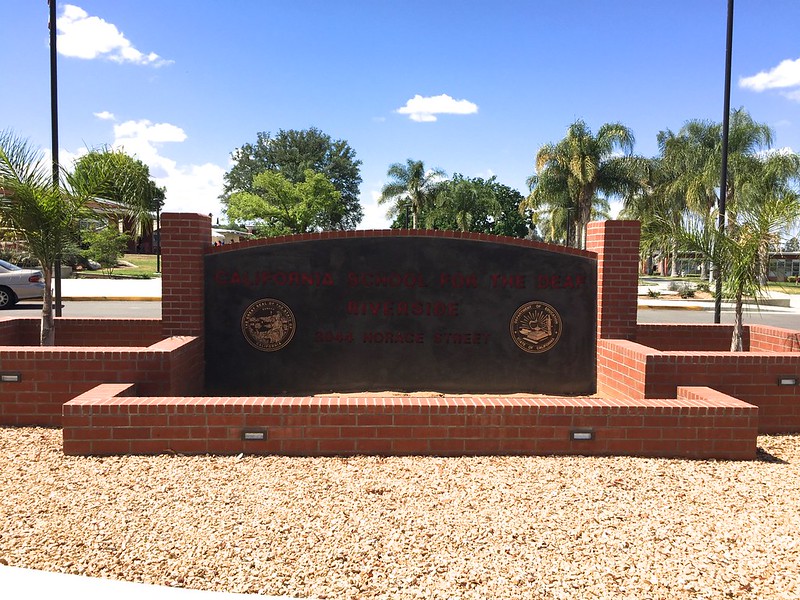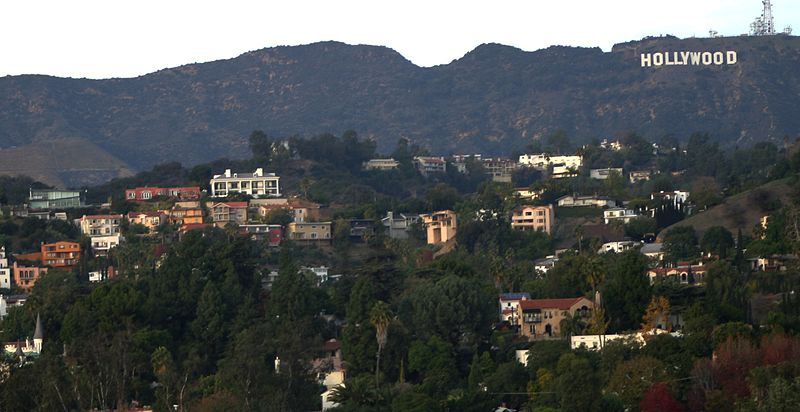ATTOM, licensor of the nation’s most comprehensive foreclosure data and parent company to RealtyTrac — the largest online marketplace for foreclosure and distressed properties — today released its January 2022 U.S. Foreclosure Market Report, which shows there were a total of 23,204 U.S. properties with foreclosure filings — default notices, scheduled auctions or bank repossessions — up 29 percent from a month ago and 139 percent from a year ago.
“The increased level of foreclosure activity in January wasn’t a surprise,” said Rick Sharga, executive vice president of RealtyTrac, an ATTOM company. “Foreclosures typically slow down during the holidays in November and December and pick back up after the first of the year. This year, the increases were probably a little more dramatic than usual since foreclosure restrictions placed on mortgage servicers by the CFPB expired at the end of December.”
Lenders repossessed 4,784 U.S. properties through completed foreclosures (REOs) in January 2022, up 57 percent from last month and 235 percent from last year – the 7th consecutive month with an annual increase in completed foreclosures.
States that had at least 100 or more REOs and that saw the greatest monthly increase in January 2022 included: Michigan (up 622 percent); Georgia (up 163 percent); Texas (up 98 percent); Tennessee (up 50 percent); and Alabama (up 44 percent).
Those major metropolitan statistical areas (MSAs) with a population greater than 200,000 that saw the greatest number of REOs included: Detroit, MI (1,013 REOs); Chicago, IL (210 REOs); New York, NY (129 REOs); Miami, FL (113 REOs); and Philadelphia, PA (107 REOs).
“It’s very important to keep these numbers in context,” Sharga noted. “Foreclosure completions are still far below normal levels – less than half as many as in January of 2020 before the pandemic was declared, and about 60% lower than the number of foreclosure completions in 2019. We’re likely to continue seeing large year-over-year percentage increases for the rest of this year, but it’s also likely that foreclosure activity will remain below historically normal levels until the end of 2022.”
Nationwide one in every 5,922 housing units had a foreclosure filing in January 2022. States with the highest foreclosure rates were New Jersey (one in every 2,336 housing units with a foreclosure filing); Illinois (one in every 2,740 housing units); Nevada (one in every 3,119 housing units); Michigan (one in every 3,127 housing units); and Ohio (one in every 3,251 housing units).
Among the 220 metropolitan statistical areas with a population of at least 200,000, those with the highest foreclosure rates in January 2022 were Detroit, MI (one in every 1,547 housing units with a foreclosure filing); Atlantic City, NJ (one in every 1,564 housing units); Cleveland, OH (one in every 1,659 housing units); Columbia, SC (one in every 1,921 housing units); and Trenton, NJ (one in every 2,299 housing units).
Other than Detroit and Cleveland, among the metropolitan areas with a population greater than 1 million, those with the worst foreclosure rates in January 2022 included: Chicago (one in every 2,514 housing units), Las Vegas (one in every 2,654 housing units), and Miami (one in every 2,731 housing).
Lenders started the foreclosure process on 11,854 U.S. properties in January 2022, up 29 percent from last month and 126 percent from a year ago.
Those states that saw the greatest number of foreclosures starting in January 2022 included: Florida (1,238 foreclosure starts); California (1,226 foreclosure starts); Texas (1,003 foreclosure starts); Illinois (757 foreclosure starts); and Ohio (665 foreclosure starts).
Among the 220 metropolitan statistical areas with a population of at least 200,000 and at least 100 or more foreclosure starts in January 2022, those that saw the greatest annual increase, included: Minneapolis (up 300 percent); Detroit (up 298 percent); San Antonio (up 291 percent); Jacksonville (up 259 percent); and Miami (up 242 percent).







